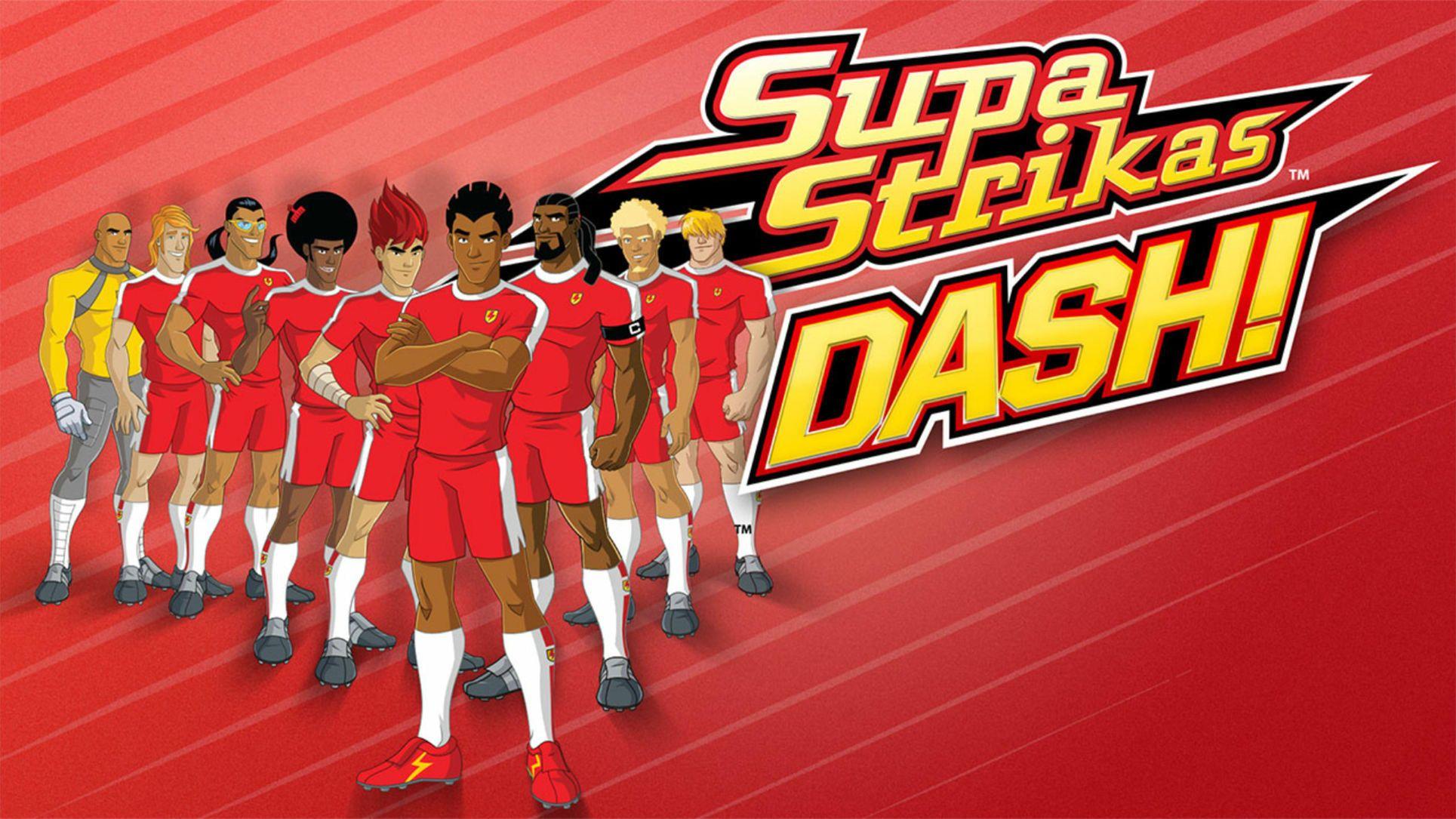


Van Rooyen was widely viewed as being responsible for this arrangement, which was generally opposed by the existing Super 12/14 sides. In a controversial move, the Southern Spears franchise was assured a place in the 20 competitions, with an increasingly unpopular promotion/relegation system established to keep the total of South African Super 14 teams at its allotted five. South Africa was entitled to add one franchise to the four from the Super 12 era. SANZAR, a consortium of the South African, Australian, and New Zealand governing bodies, expanded their Super 12 competition to 14 teams, a change that took effect in 2006. However, the biggest bone of contention surrounded the expansion of the Super Rugby competition. Both unions, vocal opponents of Van Rooyen, accused him of punishing them for their opposition. The KwaZulu-Natal Union and the Free State Union did not receive a Tri Nations Test in either 2005 or 2006. One of the major gripes against the Van Rooyen administration was the allocation of venues for the Springboks home test matches. His management style was also widely perceived as autocratic. He soon became a highly polarising figure in South African sport, with detractors accusing him of financial shenanigans, favouritism, and general mismanagement. Soon afterwards, SARFU president Silas Nkununu, facing a strong reelection challenge, withdrew from consideration for election.īrian van Rooyen was elected president of SARU in 2004. Straeuli resigned, as did Rian Oberholzer, the managing director of South Africa Rugby (Pty) Ltd, the commercial arm of SARFU. Further, SARU experienced the scandal of Kamp Staaldraad, the training camp run by then-Boks coach Rudolf Straeuli. The debacle of the 2003 World Cup saw the Springboks exit in the quarterfinals. The unified body changed its name in 2005 to the current South African Rugby Union. On 23 March 1992 the non-racial South African Rugby Union and the South African Rugby Board were merged to form the South African Rugby Football Union. The governing of white and coloured rugby union was handled separately during South Africa under Apartheid. The South African Rugby Board was the rugby union governing body of white South Africans between 18.

( June 2017) ( Learn how and when to remove this template message) Unsourced material may be challenged and removed. Please help improve this article by adding citations to reliable sources. This section needs additional citations for verification.


 0 kommentar(er)
0 kommentar(er)
